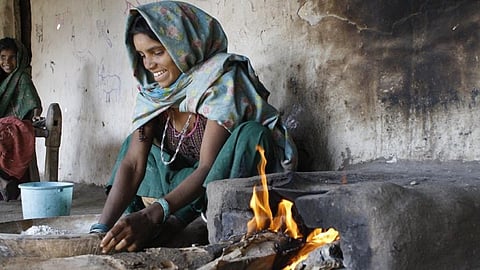Clean cooking: Can we think beyond LPG?
Today’s energy transitions are being driven by a thrust to neutralise greenhouse gas emissions through human activities.
A futuristic approach for clean cooking involves minimising emissions from local pollutants such as carbon dioxide, sulphur dioxide, oxides of nitrogen, etc and eliminating absolute emissions, which have much longer shelf life in technological continuity.
The Pradhan Mantri Ujjwala Yojana (PMUY), whose moderate success was recently highlighted in a report of Indian Oil Co Ltd (IOCL) with a surge of 23.2 per cent consumption in liquefied petroleum gas (LPG) in PMUY in last quarter (December 2020-February 2021), was mostly driven by availability of subsidised refills.
The data by the IOCL, however, showed a 7.3 per cent rise in overall domestic consumption in the same quarter despite the stiff rise in its price. It should be attributed to availability (penetration of supply network) as well as convenience.
The real question, however, is the sustainability of LPG, and whether it can be adopted as primary cooking medium among all households. Its availability, after all, is largely dependent on imports.
The supply security is limited and its carbon footprints through supply chain and usage very high.
Source: Presentation on Supply Chain Management of LPG in India by IOCL
Energy transition is presently based on mainstreaming renewable energy supply — where electricity is being strategically pushed — to have a majority share as the end-usage energy sources.
The sector has to now concentrate in addressing availability and reliability of such connectivity and adopt decentralised mini-micro grid-based on solar and other localised RE generation potentials. It is evident that electricity will be the future principal end-use energy sources for Indian households.
Without discounting the Union government’s efforts in pushing LPG as a cleaner cooking fuel in Indian households, it will be environmentally much prudent to initiate electric induction cooking.
It can be promoted through a government procurement system, along the lines of the Ujjwala scheme and abolishing subsidies of LPG in urban connectivity.
A proactive and rapid initiative will enhance the sub-sectoral supply chain and its ancillary services to build its spread to the rural regions.


